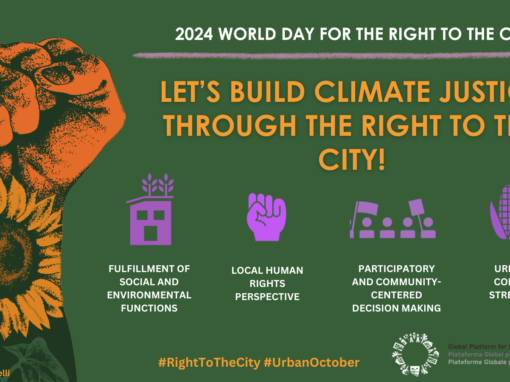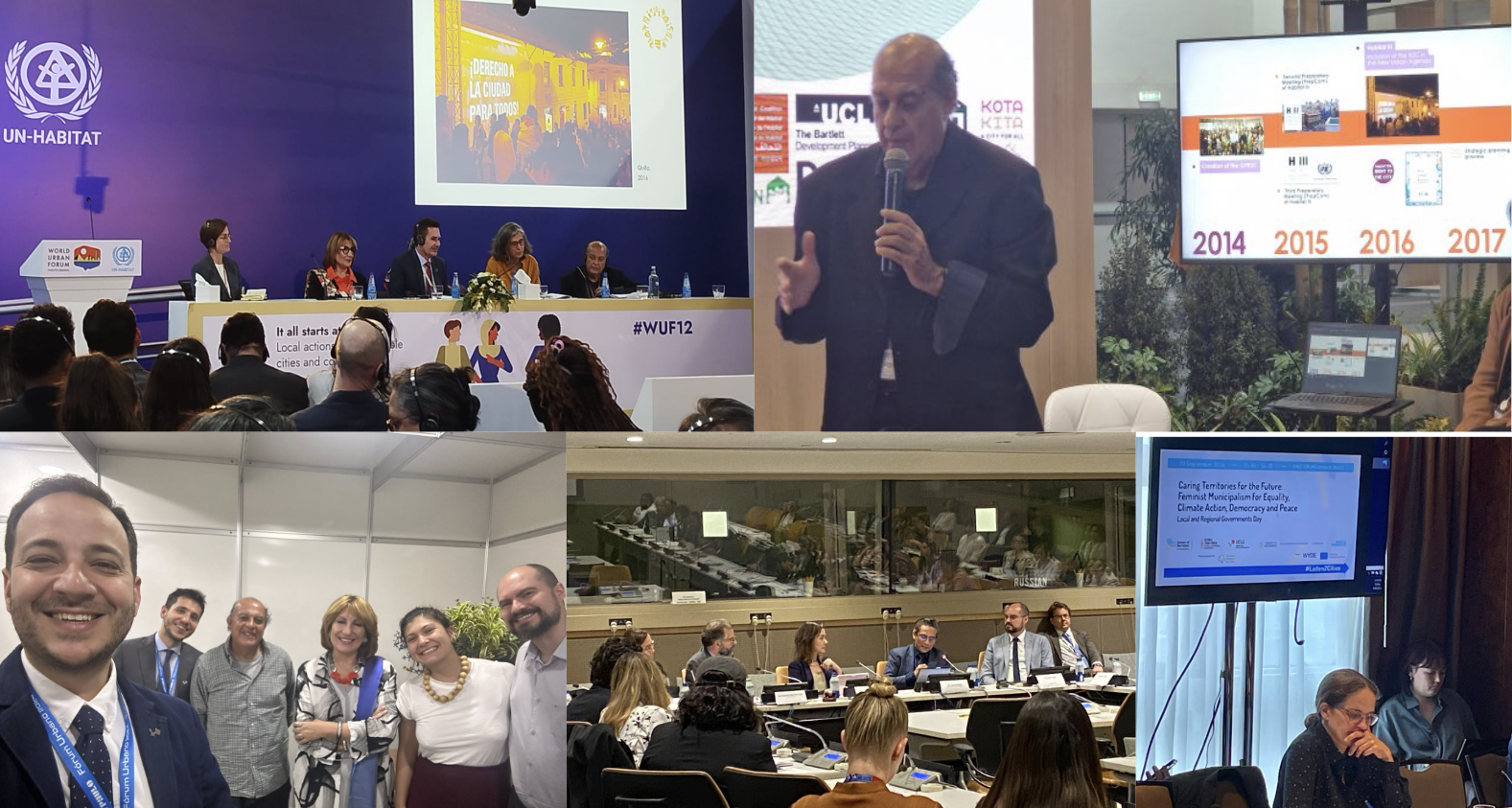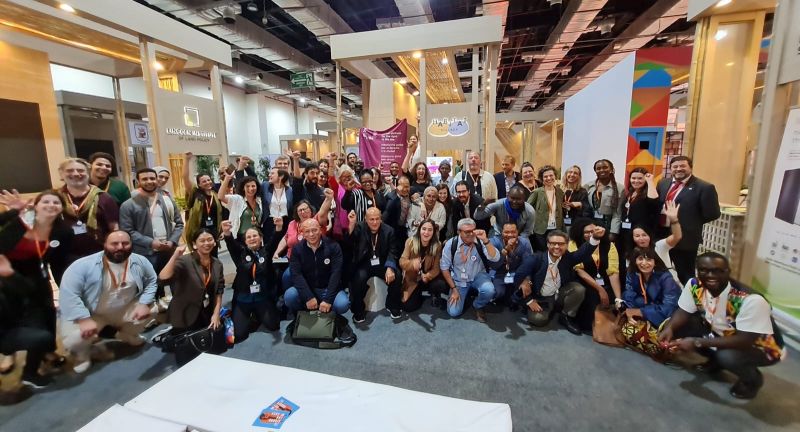Setting the Stage for the Right to the City
The idea of the ‘Right to the City’ is much older than the GPR2C which advocates for its implementation in policy. Originally, the concept was first introduced by the french sociologist Henri Lefebvre in the 1968 book “Le Droit à la ville”. Over the following decades, the idea was further developed as it was adopted by social movements, local governments and international bodies.
One important step in the process was the convergence, in the early 1990s, of human rights activists, environmentalists, NGOs, urban poor social movements, local governments, and international bodies at Global United Nations Conferences. These dialogues included meetings at Eco-92 in Rio de Janeiro, the Human Settlements Conference (Habitat II) in 1996, Istanbul. These early dialogues saw success in bringing together these then disparate groups by introducing right to the city components into Agenda 21 and the Habitat Agenda by defining adequate living conditions that should be achieved in human settlements. This set the stage for a push to internalize the Right to the City as a human right, though, at this early stage, these components had not crystalised into a Right to the City Agenda.
In the first years of the 21s Century, these efforts were continued by networks and global forums that incorporated urban themes into their debates and dialogues, especially the World Social Forum and the World Urban Forum. Highlights from these post A21 years include the referential documents built during these processes such as the World Charter on the Right to the City, in the World Social Forums, and the Global-Agenda Charter for human rights in the cities, built through networks and organizations of local authorities such as the UCLG.
There are various documents that also contribute to the understanding of the right to the city as a structural element for promoting urban development policies geared towards building of just, democratic and sustainable cities such as:
- Towards just, democratic and sustainable towns and villages treaty (1992);
- European Charter for the Safeguarding of Human Rights in the City (Saint Denis, 2000);
- The City Statute of Brazil (Law n.º 10,257 of 2001).
The Birth of the GPR2C
The Global Platform for the Right to the City was launched in November 2014 by an initiative from Habitat International Coalition and the Polis Institute from Brazil, at the International Meeting on the Right to the City held in Brazil. The founding members saw the need for an international and strong platform where social movements and organizations – that informally had been working together for decades on outputs such as the World Charter on the Right to the City – could join efforts to strengthen the claim for the Right to the City worldwide. The constitution of the GPR2C was, at that time, considered extremely important for strengthening urban struggles for social justice and to enhance international mobilization to address the Agenda 2030 (SDGs) and the Third UN Conference on Housing and Sustainable Urban Development (Habitat III), taking advantage of global gatherings as the World Social and the World Urban Forums.
This collective work on the Right to the City has included debating and disseminating its meaning; pushing for its inclusion in relevant documents, such as the New Urban Agenda (NUA); and advocating for its implementation through public policies at local national, regional, and international levels. This coordination proved to be successful, resulting in the recognition of the Right to the City within the United Nations Habitat III negotiation process, and its inclusion as a core principle/dimension in the NUA as a result of the advocacy and communication campaign.
The GPR2C Trajectory
The strength of our work and shared vision of the Right to the City comes from its complexity and stems from the diversity of our network of members and supporters. More than 250 local, national, regional and international organizations have contributed to the Platform. The variety of fields from which our members come from brings valuable contributions to a collective understanding of the realities in different settings across the globe and specific challenges, enriching our shared vision, core concepts and range of initiatives. Yet, their participation is not only important to bring different voices into the GPR2C, but it also helps the Platform to convey its message to different audiences.
The Platform’s advocacy work has been coupled with an extensive production of research and training activities. This plays a strategic role in the dissemination of the Right to the City and highlights interesting practices and cases, successful ideas already implemented and concrete results that can inspire the work of local governments and strengthen the claims of social movements.




